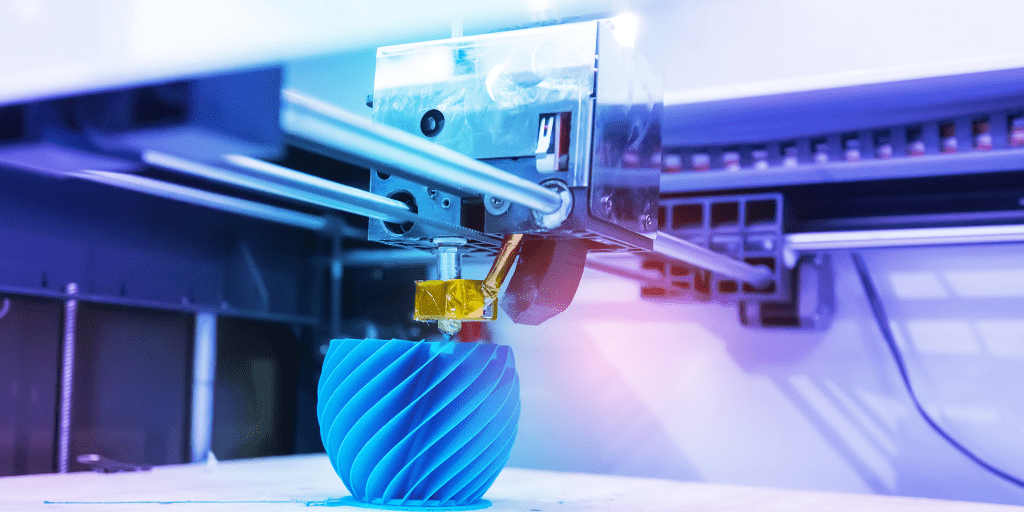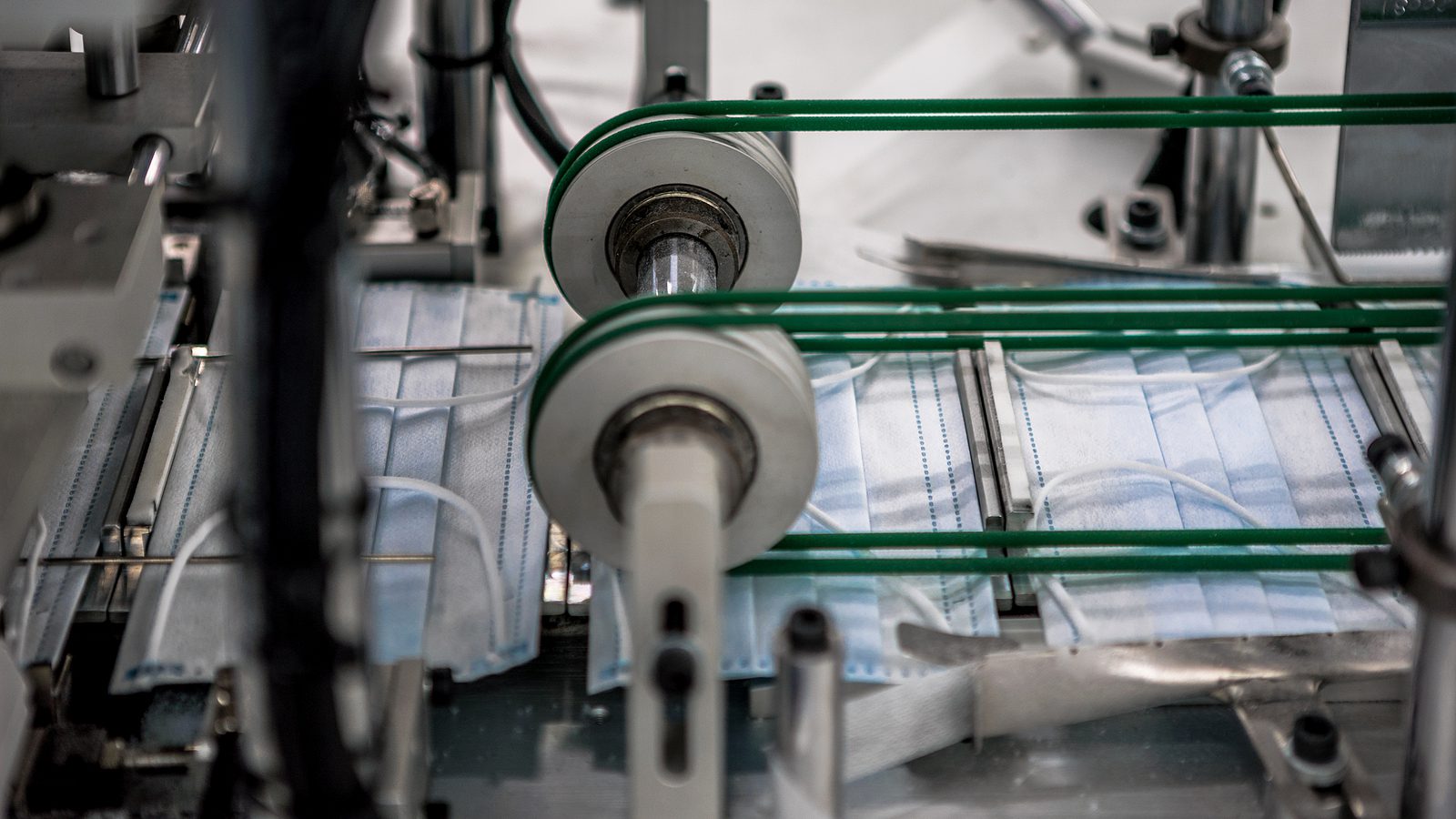By Laser 1 Technologies
A Brief History of 3D Printing
3D printing is a marvel of the 21st century. A few decades ago it seemed like science fiction: now you can have fun at home with a 3D printer for just a few hundred dollars. While once considered a lofty technology reserved for prototypes, it’s now increasingly accessible for production.
Let’s look back at the roots of 3D printing, and then ahead at the role it may play in the future of manufacturing, especially in terms of fabricating metal.
3D Printing Origins and Pioneers
Arguably, French “photosculptor” François Willème was a pioneer of 3D when he used 24 cameras to take simultaneous photographs of subjects from 24 different angles in 1859. Jump to 1980, when Dr. Hideo Kodama of Nagoya Municipal Industrial Research Institute
conceived of additive manufacturing (AM) using a vat of photopolymer material, hardened by exposure to UV light.
In 1986, Chuck Hull invented stereolithography apparatus (SLA), referring to a process which compels chains of molecules from liquid resin to link together, forming polymers. He eventually helps found 3D Systems Corporation, which markets the first commercial 3D printing system, the SLA-1.
In 1987, Carl Deckard (University of Texas) invented an alternate method, which uses a laser to bind loose powder into a solid. This is known as selective laser sintering (SLS).
Come 1989, Lisa and S. Scott Crump invent and patent fused deposition modeling, which starts with melting a polymer filament, then depositing it layer by layer onto a substrate.
A landmark in 1999: A lab-grown human bladder is transplanted into a patient. After scanning the patient’s original bladder to generate a 3D image, a biodegradable scaffold is printed. Cells grown from the patient’s own bladder tissue were then layered onto the scaffold prior to transplanting.
The Future of 3D Printing in Manufacturing
Since the 21st century dawned about two decades ago, 3D printing has exploded. Open-source printers that can replicate themselves; printing cheese or vaccines; printing prosthetic devices for humans and animals alike; even printing cars and planes!
And a shift to include metal is underway. Good news, because metal will always play a central role in manufacturing, thanks to its strength, durability and versatility.
The first metal 3D printing process to receive a patent was DMLS (direct metal laser sintering), in the 1990s.
Today, nearly every metal 3D printer falls into one of four categories: material extrusion, binder jetting, direct energy deposition, and powder bed fusion.
Sintering versus Melting
Sintering and melting have somewhat different results, so understanding the difference is useful.
Sintering joins particles together with a combination of heat and pressure, whereas melting relies on high temperatures which melt the particles completely so they bind together. As a result, sintered parts are highly porous and require heat treatments for strengthening, while melted parts have already undergone that high heat.
It’s worth noting that DMLS (direct metal laser sintering) has actually evolved into a melting process, even though it was originally a sintering process and it retains its original acronym.
Additive manufacturing with metal is still in its early stages, but the future is bright and innovations continue. We’re excited to watch this field, so rich with potential, evolve.




